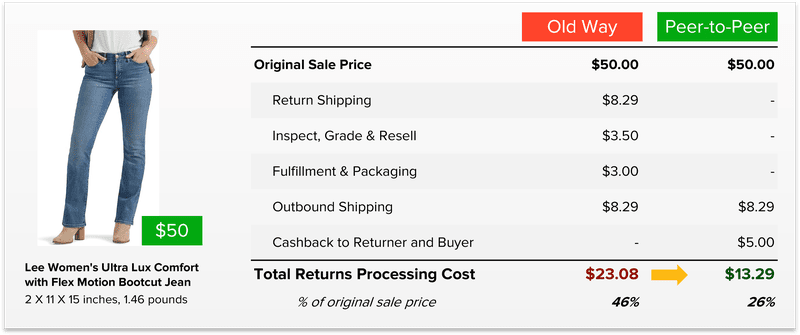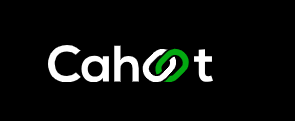How to Prepare for Amazon Prime Day: Order Fulfillment Options and Beyond

Last updated on March 13, 2025
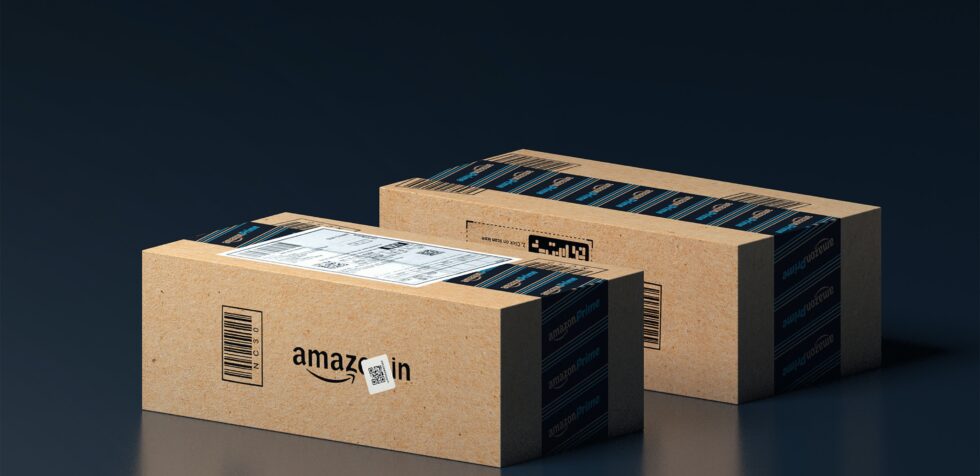
In this article
 12 minutes
12 minutes
- Understanding Amazon Prime Day
- Preparing for Prime Day
- Optimizing Your Listings
- Marketing and Promotion
- Order Fulfillment Options Offered by Amazon
- Advantages of Using Amazon for Order Fulfillment
- Drawbacks of Using Amazon for Order Fulfillment
- Advantages of Using a 3PL for Order Fulfillment
- Drawbacks of Using a 3PL for Order Fulfillment
- Conclusion
- Frequently Asked Questions
Typically, peak shopping season begins late in the year for the US – during Thanksgiving, Black Friday, Cyber Monday and the Christmas holidays that follow. Elevated order volumes during these times occur for obvious reasons; these are festive occasions, and there’s lots of shopping people need to get done. In recent years, all of those occasions trail behind two days in July – Amazon’s Prime Day, known as Amazon’s biggest deal event.
Prime Day represents an opportunity to get in front of many buyers – but especially the young consumer whose purchasing power and influence continues to grow all the time.
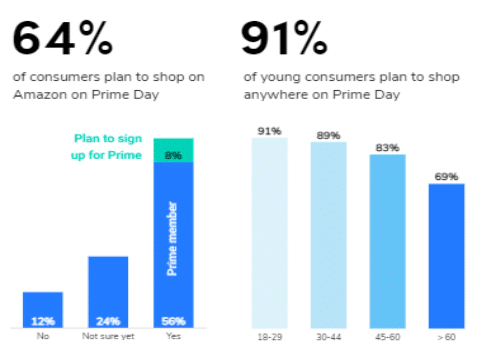
Customers do not shop on Prime Day with the intention of gifting things to their loved ones for a festive occasion – rather, it is about the thrill of the treasure hunt, where many products are available at sharp discounts and there are deals which may not come around again. Forbes reported that 48% of Prime Day shoppers make purchases they never actually planned for – largely driven by the fear of missing out on a great deal.
However, as an online merchant, if you’re expecting people to only be shopping on Amazon, you’d be wrong – Forbes goes on to say that as many as 58% of people compare prices on other websites before checking out on Amazon. And why wouldn’t they? Many of Amazon’s competitors, such as Walmart and Target, now run their own competing programs at the same time as Prime Day.
Many of these competing programs center around the premise of free and fast “Prime-style” shipping – like Walmart’s TwoDay and ThreeDay programs.
While the surge in order volumes means an opportunity to acquire new customers and boost sales, it brings with it increased order fulfillment complexity – due in large part to Amazon themselves, customers now expect free, fast same or next day shipping on nearly any online purchase they make.
In Amazon’s own words, Prime Day boosts sales both on and off their website. As an online seller, navigating the avalanche of orders flooding in from many different channels while managing to delight customers with free, ultra-fast shipping can seem overwhelming and expensive. But merchants do have a number of options that help them manage the logistical complexity and deliver on customer expectations, many offered by Amazon themselves.
Understanding Amazon Prime Day
First introduced in 2015 to celebrate Amazon’s 20th birthday, it has since evolved into one of the biggest online shopping events of the year. Prime Day offers a wide range of deals and discounts on various products, including electronics, fashion, home goods, and more. This event is designed to reward Prime members with exclusive access to exciting deals and significant savings, making it a prime opportunity for shoppers to score big on their favorite products. Whether you’re hunting for the latest tech gadgets or looking to refresh your wardrobe, Prime Day has something for everyone.
Preparing for Prime Day
To make the most of Prime Day, it’s best to prepare in advance. Here are some tips to help you get ready:
- Ensure Your Prime Membership: Make sure you have an active Amazon Prime membership or sign up for a free trial to access Prime-exclusive deals.
- Create a Wishlist: Compile a list of the products you want to purchase and check their prices in advance to ensure you’re getting the best deal.
- Download the Amazon App: The app can send you notifications about upcoming deals and allows you to shop on the go.
- Stay Informed: Follow Amazon’s social media accounts to stay updated on upcoming deals and promotions.
- Set Price Alerts: Consider setting up price alerts for your desired products to ensure you don’t miss out on any good deals.
By following these tips, you can navigate the Prime Day event with ease and make the most of the exclusive offers available to Prime members.
Optimizing Your Listings
As a seller, optimize your listings to make the most of Prime Day. Here are some tips to help you optimize your listings:
- Use Relevant Keywords: Incorporate relevant keywords in your product titles and descriptions to improve visibility.
- High-Quality Images: Use high-quality images to showcase your products and make them more appealing to customers.
- Detailed Descriptions: Ensure your product descriptions are accurate and detailed to help customers make informed purchasing decisions.
- Leverage Amazon Advertising: Utilize Amazon’s advertising options, such as Sponsored Products and Sponsored Brands, to increase visibility and drive sales.
- Monitor Inventory Levels: Keep an eye on your inventory levels and ensure you have enough stock to meet demand during Prime Day.
By optimizing your listings, you can enhance your product’s visibility and appeal, leading to increased sales and a successful Prime Day event.
Marketing and Promotion
Marketing and promotion drives sales and success during Prime Day. Here are some tips to help you promote your products:
- Social Media Engagement: Use social media to promote your products and deals, and to engage with your customers.
- Amazon Marketing Tools: Utilize Amazon’s marketing options, such as Amazon Giveaways and Amazon Coupons, to drive sales and increase visibility.
- Run Lightning Deals: Consider running a Lightning Deal or a Deal of the Day to drive sales and increase visibility.
- Email Marketing: Use email marketing to promote your products and deals to your subscribers.
- Partner with Influencers: Collaborate with influencers or other sellers to promote your products and reach a wider audience.
By implementing these marketing and promotional strategies, you can maximize your product’s exposure and drive significant sales during Prime Day, ensuring a successful and profitable event.
Order Fulfillment Options Offered by Amazon
In recent years, Amazon has become as much a logistics company as a retailer, offering merchants different options through which they can have orders fulfilled. During Prime Day, Amazon often operates with extended hours to manage the increased order volumes.
- Fulfilled By Amazon (FBA): The vast majority of SKUs on Amazon are shipped by the company itself, where merchants send their inventory to its warehouses, and then have their orders picked, packed and shipped for them.
- Amazon Multi Channel Fulfillment (MCF): In recent years, Amazon has expanded its reach significantly – its Multi Channel Fulfillment (MCF) offering allows merchants to have Amazon fulfill all of their orders across various channels – such as their own website or Shopify / BigCommerce storefronts.
- Buy With Prime (BWP): Prime shipping standards have become the norm for everyone, on and off the Amazon marketplace. Amazon’s most recent and noticeable step in normalizing these high standards is Buy With Prime, which enables merchants to offer the Amazon Prime shipping experience on their own website. Customers login to their Amazon accounts and checkout and orders are fulfilled by Amazon.
These options come with significant advantages and drawbacks, a few of which we outline below:
Advantages of Using Amazon for Order Fulfillment
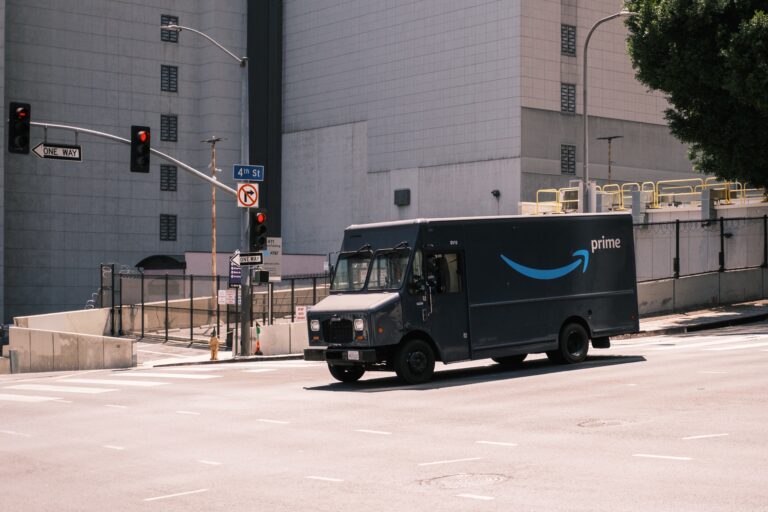
- Picking, packing and shipping are taken off your plate as a merchant – there’s not a lot of work to be done, except sending the inventory in time to Amazon warehouses.
- FBA makes products automatically eligible for the Amazon Prime badge, which is a filter many shoppers on Amazon apply while searching for items.
- Amazon (in most cases) is able to meet the gold standard of shipping items by the next day – which can elevate customer satisfaction and prompt repeat purchases. This efficiency is particularly beneficial during holiday shopping seasons when order volumes are at their peak.
- For MCF purchases made outside Amazon, buyer confidence may be increased if they see that Amazon is fulfilling their order.
- For small D2C merchants looking to make a mark and establish themselves, Buy With Prime can provide a lot of trust in the buyer’s mind about the quality of not just their shipping, but the larger brand they’re engaging with.
While these are definitely strong positives, the programs do have a few significant drawbacks for merchants to keep in mind and weigh when making a decision.
Drawbacks of Using Amazon for Order Fulfillment
- While Amazon has decided to freeze FBA fees in 2025, the charges and fees associated with FBA have climbed by as much as 96% over time.
- Research and analysis performed using Marketplace Pulse data by Cahoot shows that while the new Buy With Prime program can offer merchants savings of as much as 43% compared to Multi Channel Fulfillment, it can still be twice as expensive as FBA (where sales are restricted just to the Amazon marketplace).
- Possibly most importantly, when merchants use the Buy With Prime program, they send the customer to Amazon to checkout – where marketing or promotions may divert the buyer to an alternative (possibly cheaper) option.
- Lastly, with BWP, merchants do not have access to data about the customers on their very own website because the customer logins to their Amazon account to checkout, not through the merchant’s gateway.
Many merchants seeking to regain control of their customer data and improve their margins have tried to pivot away from Amazon FBA towards using a 3rd Party Logistics provider (3PL). 3PLs bring some of the same convenience that FBA does to merchants, but come with their own sets of limitations:
Advantages of Using a 3PL for Order Fulfillment
- Using a 3PL offers merchants a more cost-effective way to manage orders outside of Amazon, rather than using a program like MCF.
- 3PLs might offer merchants possibilities for kitting and customization, which are not possible when shipping with Amazon.
- 3PLs simply take care of shipping and stay out of the engagement between you and your customers, unlike a program like Buy With Prime.
However, the staple source of revenue for a 3PL lies in shipping, and that has unfortunately become a more and more expensive activity.
Drawbacks of Using a 3PL for Order Fulfillment
- 3PLs are in the business of shipping, and various activities of the shipping lifecycle have gotten more expensive – leasing warehouses, shipping costs and the cost of labor.
- The General Rate Increases of the shipping carriers has consistently exceeded the prevailing inflation rate, while it now costs $19 / hr to hire workers for warehouses with quit rates at an all-time high. Additionally, warehouse availability is low, driving leasing costs higher.
- All these mean that 3PLs are forced to pass on increased costs to customers, eroding margins.
Conclusion
As a merchant, you might be prompted to wonder whether there’s no solution that can both help you delight your customers while costing you less and allowing you to extract more margins. Consider order fulfillment solutions with differentiated models such as Cahoot that distribute your inventory strategically in warehouses across multiple locations in the country.
By placing your product closer to the customer, it is possible to achieve same or next day shipping, while deriving cost efficiencies. Oh, and it uses ground shipping – which is better for the environment than air cargo!
Already working with a traditional 3PL but want to switch to a better network, like our peer-to-peer model? We know migrating fulfillment partners can be an uncertain and stressful process which prevents merchants from exploring superior alternatives. To make that process simpler, check out our 3PL migration guide which provides you step-by-step details on how to make a smooth, seamless switch.
The mid-year shopping season brings with it new customers and supercharged sales but also logistical complexities to overcome. It is essential for merchants to have a solid game plan for order fulfillment across all of their channels, with a strategic order fulfillment partner that offers both savings and operational excellence. It might just be the decision that provides your ecommerce rocket ship its fuel.
Frequently Asked Questions
What are some tips for optimizing my listings for Prime Day?
Optimize your listings by using relevant keywords, high-quality images, detailed descriptions, leveraging Amazon advertising options, and monitoring inventory levels to ensure you have enough stock to meet demand during Prime Day.
What are the advantages of using Amazon for order fulfillment?
Advantages of using Amazon for order fulfillment include taking care of picking, packing, and shipping, automatic eligibility for the Amazon Prime badge, meeting the gold standard of next-day shipping, increased buyer confidence for MCF purchases, and providing trust for small D2C merchants through Buy With Prime.
What are the drawbacks of using Amazon for order fulfillment?
Drawbacks include rising FBA fees, higher costs for Buy With Prime compared to MCF, potential diversion of buyers to alternative options during checkout, and lack of access to customer data for merchants using Buy With Prime.
What are the advantages of using a 3PL for order fulfillment?
Advantages of using a 3PL include cost-effective management of orders outside of Amazon, possibilities for kitting and customization, and maintaining direct engagement between merchants and customers without interference.
What are the drawbacks of using a 3PL for order fulfillment?
Drawbacks include increased costs for shipping activities, higher leasing and labor costs, and the need to pass on increased costs to customers, eroding margins.
Up to 64% Lower Returns Processing Cost
